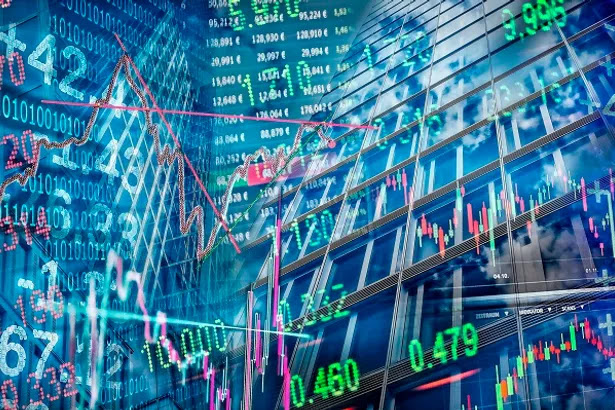The Risks Surrounding Saudi Aramco’s IPO
It’s official. The first publicly listed shares of Saudi Arabia’s state-owned oil company, Saudi Aramco, will be up for sale in early December. The company is hoping to raise $100 billion on a $2 trillion valuation in what is projected to be the largest-ever initial public offering (IPO). But some investors are skeptical, arguing that the particular risks associated with the state-owned oil giant suggest a more realistic valuation of $1.5 trillion, according to a recent story by The Wall Street Journal.
KEY TAKEAWAYS
Aramco investors will face oil-price volatility and geopolitical risks.
Investors will have no influence with state as majority shareholder.
Saudi government could be tempted to dip into Aramco’s profits.
Aramco will face pressure to lift dividend payout to entice investors.
Government hopes to sell 50% of issue to international investors.
What It Means for Investors
One of those risks concerns Aramco’s profitability in a world of volatile oil prices and a region of geopolitical tensions. The company recently disclosed a decline in net profit of 18% to $68 billion for the nine months that ended in September from the same period a year ago. Oil prices were higher last year and unlike this year, Aramco wasn’t the subject of drone attacks that wiped out about half of its daily crude production. While oil price volatility comes with the industry, the attacks raise the risk premium on those new shares.
Another big risk concerns the amount of influence shareholders will have compared with the company’s dominant shareholder, the Saudi government. Aramco’s goal is to sell a 2% to 5% stake, meaning that the state will remain the majority shareholder with a stake of between 95% and 98%. On those numbers, private shareholders will have little influence on the company’s operations and what to do with the profits. Investors will demand a risk premium for that, too.
If the Saudi government is strapped for cash, it could be tempted to dip a little deeper into the profits of its oil company. That wouldn’t be a completely unprecedented move for the government of an emerging-market economy to make, according to Uday Patnaik, head of emerging-market debt at U.K.-based asset manager Legal & General Investment Management Ltd. “Guess where you go if you need some tax money? You go to your quasi-sovereigns,” he told the Journal.
A similar risk faces Russia’s state-run gas giants Gazprom and Rosneft, which is why their shares trade at a discount to major publicly owned integrated oil-and-gas companies like Chevron (CVX) and BP Plc. (BP). Compared to Chevron’s dividend yield of 3.9%, Gazprom pays 7%, reflecting the risk that profits could easily be sifted into the state’s coffers. The high dividend yield paid by Gazprom suggests Aramco may have to offer something similar in order to attract investors.
Currently, Aramco pays out $75 billion in annual dividends. At the company’s desired $2 trillion valuation, that’s a dividend yield of just 3.75%. Even at the company’s base valuation of around $1.7 trillion, the yield would be just 4.4%. At the $1.5 trillion that some investors think is more realistic, the yield would be 5%. Aramco executives have signalled that the company may boost the initial dividend payout to $80 billion and could later elevate it to $100 billion, generating yields of 4% and 5% respectively.
But compared to the average 5.7% dividend yield offered by Western oil majors and the average 6.3% yield offered by other emerging oil majors, even 5% might not be enough to entice foreign investors. Persuading global investors to buy in will be necessary if the IPO is going to be viewed as credible. Aramco is banking on at least half of the issue being gobbled up by international investors. That might be a tad optimistic considering the shares are only being listed on Saudi Arabia’s local Tadawul stock exchange.
Looking Ahead
Of course, attracting domestic investors who will be looking to stay in good favor with Saudi Crown Prince Mohammed bin Salman should be less of a challenge. But because of these non-financial reasons for investing, an issue that goes entirely to domestic investors won’t be much of an indicator of how much the company is really worth. To obtain those global investors, the Saudi government may find itself having to drop its valuation, possibly even below its base case.
اكتشاف المزيد من موقع استشارات - مال واقتصاد وتقنية واجتماعيات
اشترك للحصول على أحدث التدوينات المرسلة إلى بريدك الإلكتروني.





